How to plant and care for hakuro nishiki willow at different times of the year?
Planting a willow hakuro nishiki is a topical issue today, as it is a very beautiful Japanese plant. It has excellent decorative qualities - spherical shape and unusually beautiful color. When the leaves have just blossomed, their color is light green, later the tips of the shoots acquire a purple color, and the leaves - white-pink.
Despite the fact that this willow variety comes from Japan, it has acclimatized well in central Russia and is loved by both amateur gardeners and professionals. This plant will noticeably stand out from others and delight your eye with its beautiful delicate appearance. If you decide to plant it, then you need to know and take into account some rules.
Planting rules for willow hakuro nishiki
The whole-leafed willow hakuro nishiki prefers moist and loose soils, therefore, an excellent place to plant is the shore of a reservoir or lowland, where moisture is abundant. On heavy soils, the shrub will suffer and develop poorly. Therefore, when planting a willow in such a soil, it is necessary to make a good drainage bedding in the planting pit, using sand or crushed stone, 20 to 30 centimeters thick, pour peat, leafy soil, sand into the pit and mix everything with turf soil. The landing site should be closed from the through wind. This willow variety grows best in areas illuminated by sunlight, or in partial shade, where the sun shines at least half the day. With a lack of sunlight, the plant will not have such a beautiful color, it will grow without a bright pink top and with pale leaves.
The ideal time to plant this willow variety is April or May. The roots must first be soaked in water (three to six hours). The pit for planting should be rather big (on average 60x60 cm). You need to prepare it in advance. It must be borne in mind that the shrub can grow up to 3 meters in diameter. When planting in groups, the distance between adult plants should not be less than one meter.
Water the seedling abundantly during the first weeks after planting. To protect it from drying out, the ground around the trunk can be covered with dry grass.
Hakuro nishiki willow care
Willow of this variety is unpretentious in care. But in order to maintain a decorative look, you will need to carry out some procedures.
- Regular watering during dry times.
Japanese willow will tolerate waterlogging better than drought, so watering should be quite abundant, especially when rooting occurs. If the plant does not have enough moisture, the leaves begin to curl and gradually fall off, the brightly colored top becomes dull, as a result, the shrub loses its decorative effect.
- Correct pruning.
In early spring, a sanitary haircut is useful, which involves the removal of weak shoots that have not survived the winter, as well as a shaping haircut, which stimulates the rapid growth of young shoots - they give the most beautiful foliage and color to the plant. Also, during the summer season, a decorative haircut is needed that maintains the round shape of the crown, and the removal of excess processes along the trunk. In late autumn or winter, all broken, diseased and unnecessary shoots are cut off. During the year, it is necessary to do maintenance pruning only for standard trees.
- Adequate feeding.
For feeding, it is necessary to use organic matter together with a complex mineral fertilizer for digging a trunk circle. For one shrub, a bucket of organic fertilizer and 30-40 g of mineral fertilizer.This top dressing is enough once in spring and autumn. Long-acting granular fertilizer for garden shrubs will give excellent results. In the summer, to maintain a decorative appearance, foliar feeding of the leaf mass is additionally needed.
- Regular loosening and mulching of the soil.
In late autumn, you need to remove excess grass and cover the plant, since in terms of frost resistance, the hakuro nishiki willow is inferior to other varieties. For covering, you can use any non-woven material, except polyethylene. If the tree is not covered, it will become a stunted shrub because most branches above the snow level will freeze. The most vulnerable to freezing is the grafting site on the standard tree. It is it that needs to be well protected from frost, covering it with agrofibre or lutrasil for the winter.
Diseases and pests
Hakuro nishiki is resistant to most diseases and pests dangerous to willows. As a prophylaxis against fungal infections, it is necessary to treat the crown of the plant with any systemic fungicide twice in the spring. For young seedlings, grub larvae are especially dangerous, which in one day are able to gnaw 20-30 centimeters of the root system of the bush. Therefore, in mid-April, for prevention, it is necessary to treat willow with any preparation that contains imidacloprid. Re-treatment must be carried out 40-50 days after the first.
The combination of willow haruko nishiki and willow matsudana in landscape design
In terms of the place and conditions of planting and the subtleties of care, the hakuro nishiki willow is similar to the matsudan willow, which also loves moist and fertile soils, a sunny place, ideally near water bodies. Iva matsudana is also afraid of frost and requires the same protection from it. Since both trees are unusual in appearance and similar in planting and care principles, they will get along well side by side and complement each other. Matsudana willow can be tall, undersized and even dwarf, and thanks to its bizarre shape, it will decorate any corner of your garden. These shrubs will look great when used for landscaping the shores of artificially created reservoirs. Willow hakuro nishiki will perfectly set off the rich green of matsudan willow.
Providing simple care for the hakuro nishiki willow and provided it is properly planted, it is possible to get a wonderful landscape design in your garden thanks to the use of this beautiful plant.

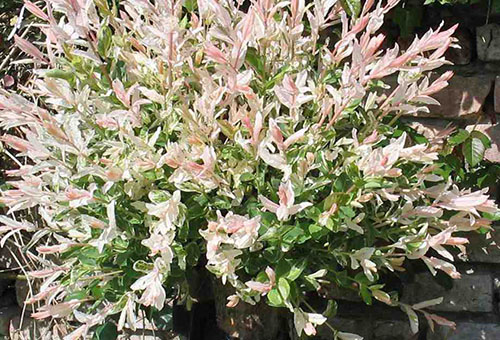
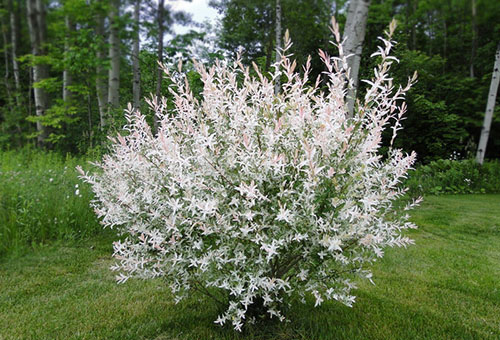
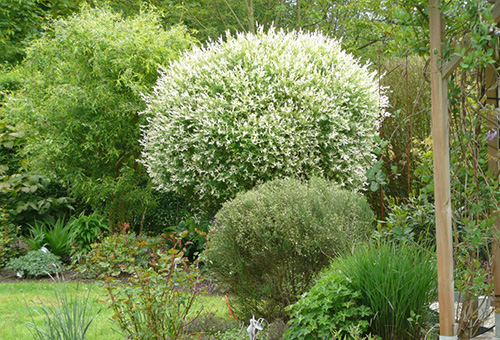
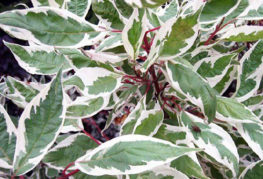
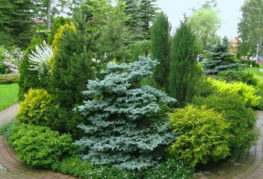

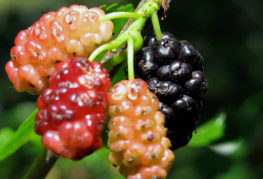
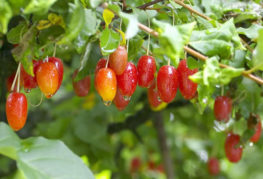
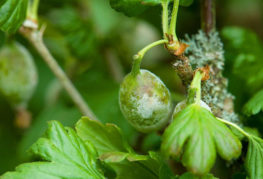
and will be published shortly.